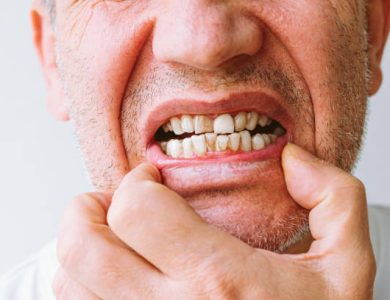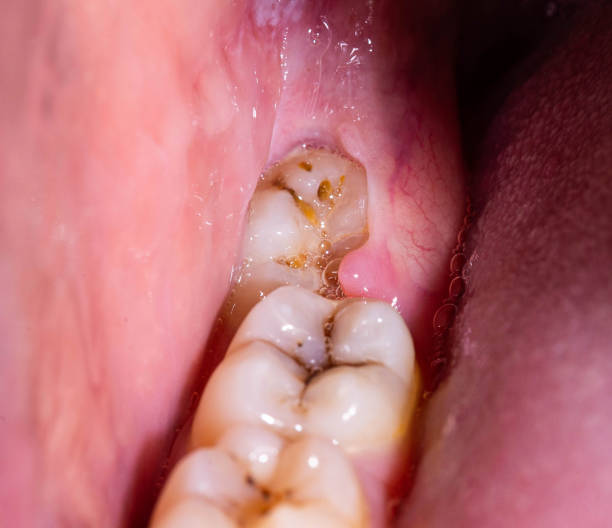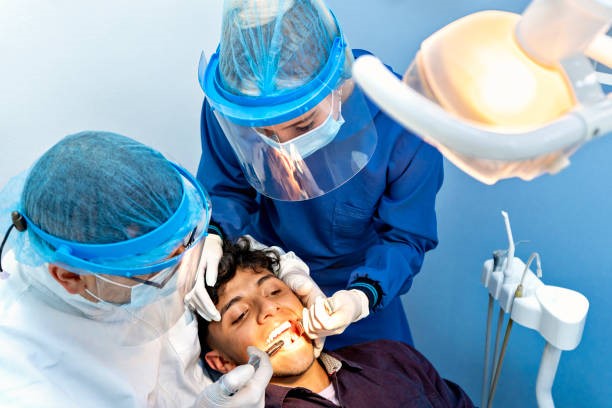Dental Caries: Symptoms, Treatment and Prevention

Dental caries is holes in the teeth caused by the erosion of tooth enamel by oral acid. Toothaches, infections, and tooth extractions can result from untreated cavities. Cavities affect people of all ages. Tooth decay can be avoided with proper dental care, which includes frequent dental examinations, flossing, and brushing. Dental caries is another name for cavities.

Who could develop a cavity?
Despite the fact that cavities are more common in infants, tooth decay can occur at any age. They might not wash their teeth thoroughly and eat and drink more sweet things.
Even adults develop cavities. Around cavities that were filled when a child sometimes develops new deterioration. Gum recession is more prevalent in adults. Plaque that causes cavities is exposed to the lower portions of teeth in this scenario.
How widespread are cavities?
When they reach their mid-30s, more than 80% of Americans already have at least one cavity. One of the most prevalent chronic diseases that affect people of all ages is tooth decay.
Why do cavities develop?
Cavities can arise due to a variety of circumstances. Usually, these processes take place:
–Sugary, starchy meals and beverages are what oral bacteria live on (fruit, candy, bread, cereal, sodas, juice and milk). These carbohydrates are changed into acids by the bacteria.
–Plaque is formed when bacteria, acid, food, and saliva combine. The teeth are covered in this gooey material.
–Plaque acids dissolve tooth enamel if you don’t brush and floss properly, leading to cavities or holes in your teeth.
Treatments for Dental Caries
Dental caries can be handled in four major methods professionally. Damage brought on by dental caries can be treated with the help of these procedures performed by a dental expert.
Fluoride: When dental enamel is damaged by decay, fluoride treatments help restore it if noticed early. Remineralization is the name of this process. You could require fluoride treatments at the dental office, prescription mouthwash, and toothpaste.
Fillings: The most popular method of treating the condition is fillings. A dentist drills into the tooth’s damaged area(s), removes the decayed material from the cavity and then fills the empty space with the proper dental filling material. Depending on the area where caries have formed, different types of filler materials may be employed. Dental professionals can repair caries damage to teeth that are evident when you smile using composite resin, the most popular filling material in the developed world.
Crowns: Dental practitioners also have the option of using crowns to treat dental caries, but they only do so when the disease has severely damaged a significant amount of the tooth. The tooth is more prone to fractures and eventually fracturing when dental decay necessitates big fillings. The dentist would make an effort to save the last surviving tooth, make any repairs, and then cover the tooth with an alloy or porcelain crown.
Root canal: Dental expert may also use a procedure known as a root canal. The nerves located in the root of the tooth may even be damaged if tooth decay penetrates the enamel and spreads to the tooth’s interior. A dentist would remove the injured or dead nerve along with the pulpy blood vessel tissue surrounding it and fill the space. The dentist will typically cover the damaged region with a crown to complete the process.
Extraction: If there is a chance that the infection will extend to the jaw bone, the tooth may occasionally be irreparably damaged and will need to be taken. It is advised that partial dentures, bridges, or implants be placed in such edentulous areas because the removal of certain teeth could impair the alignment of those that are still present in the mouth.
How can I guard against tooth decay?
Plaque and the acids that cause cavities can be eliminated by practicing good dental hygiene, which includes regular brushing and flossing. Good oral and gum health involves:
–Brushing your teeth with fluoride toothpaste at least twice a day, ideally right after each meal.
–Reducing consumption of starchy, sugary meals and beverages.
–flossing every day to remove food and grime from between teeth.
at least twice a year, have a dental exam.
–When the upper chewing surfaces of teeth are protected by dental sealants.
What are the cavities’ complications?
Too much tooth decay might cause loss of a significant section of the tooth, necessitating extraction. An extremely serious infection inside the tooth and under the gums can result from advanced tooth decay (tooth abscess). The body might become infected and spread throughout. An abscessed tooth infection sporadically results in death.
When to see a Dentist
If any of the following occur, contact your healthcare professional right away:
–gum bleeding
–Having trouble chewing.
–enlarged face. .mouth pain
–indicators of infection
See also: Operculectomy: Procedure and Management




4 Comments